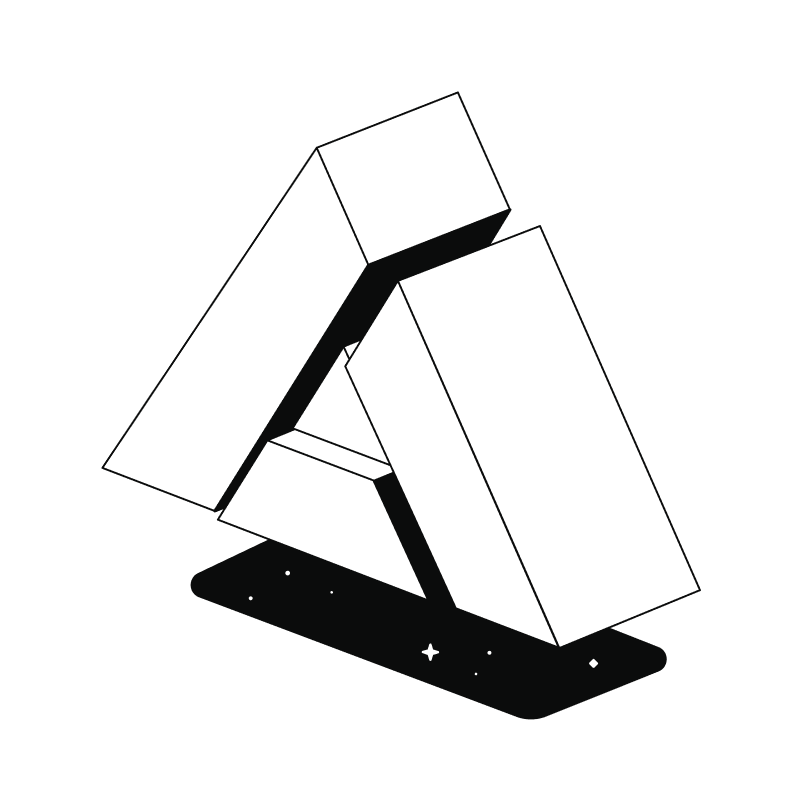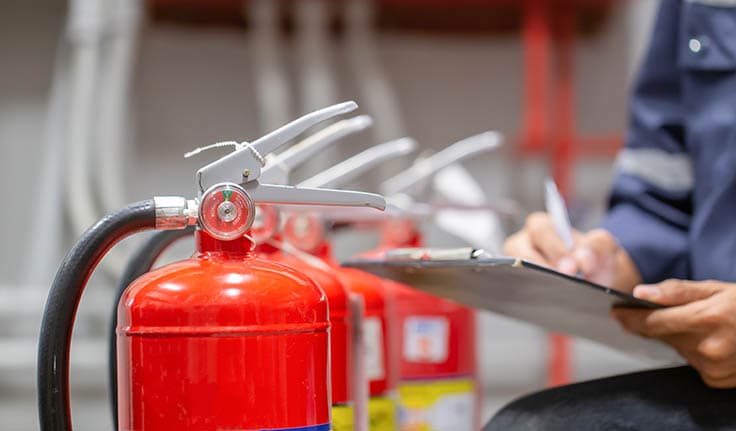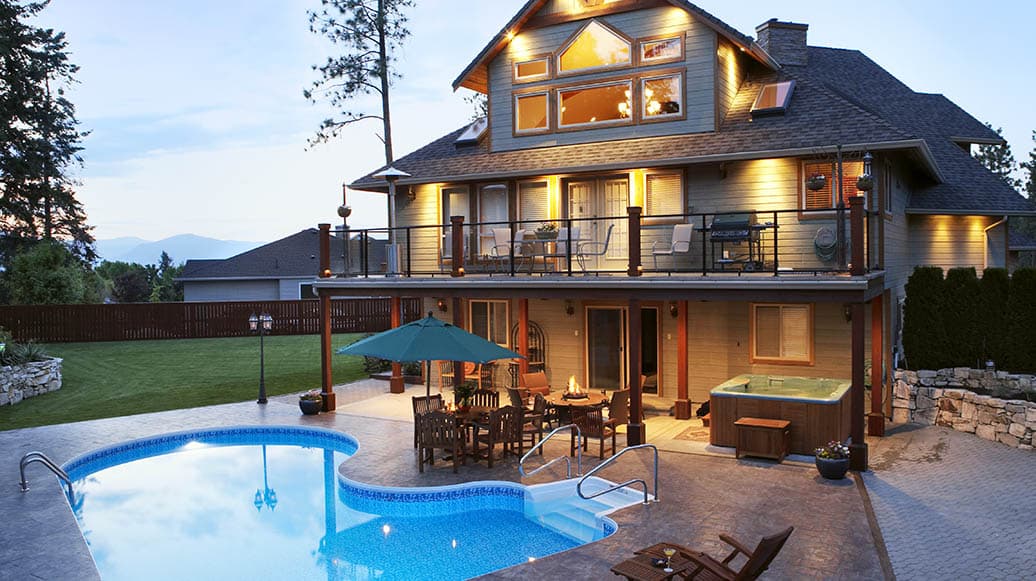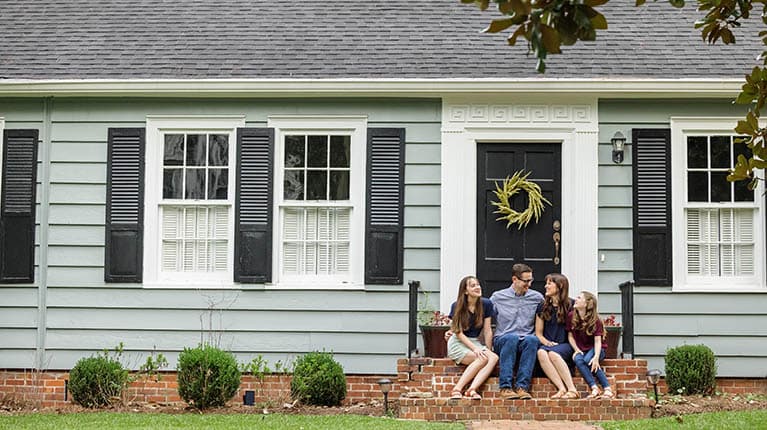Hazard insurance is an important part of most homeowners insurance policies. Learn more about hazard insurance for homeowners in this guide.
Key Takeaways:
- Owning a home is a significant milestone and a substantial investment worth protecting.
- Hazard insurance for homeowners helps safeguard against specific perils that could cause damage to the structure of your home, like fire, theft, wind, hail, explosions, and more.
- It’s not a separate policy—instead, the coverage is generally included as part of your homeowners insurance, often required by mortgage lenders.
- Coverage applies to the dwelling itself, not personal belongings, liability, or detached structures.
- Floods, earthquakes, and routine wear and tear are generally not covered by hazard insurance.
- Acrisure helps homeowners find the right coverage, tailored to your home’s value, location, and risks—so you can be protected when it matters most.
What Is Hazard Insurance?
Hazard insurance is a type of property insurance that covers the structure of your home against damages caused by specific hazards. These hazards typically include perils such as fire, theft, vandalism, and certain natural disasters like windstorms and lightning strikes, though the specific coverage can vary between policies and providers. When buying a home, mortgage lenders typically require hazard insurance to be secured. Though not a separate policy, hazard insurance is typically included in a standard homeowners insurance policy and specifically covers the structure of a home.
To help protect their substantial investment in owning a home, homeowners should consider homeowners insurance, which includes hazard insurance coverage. This helpful guide introduces the ins and outs of hazard insurance for homeowners, highlighting its coverage and benefits, and hazard insurance vs homeowners insurance.
The Key Benefits of Hazard Insurance
Having hazard insurance offers three key benefits for homeowners:
- Satisfying Loan Condition: Mortgage lenders typically require borrowers to obtain home hazard insurance as a condition of the loan. The coverage helps ensure that the property, which serves as collateral for the mortgage loan, is adequately protected.
- Financial Protection: Hazard insurance can help cover the cost of repairs or rebuilding your home if it's damaged by a covered peril. This can be critical, especially if the damage is extensive.
- Peace of Mind: Knowing that your home has the right protection against loss arising from various covered perils can help provide peace of mind, allowing you to enjoy your home without extensive worry about potential hazards.
What Does Hazard Insurance for Homeowners Typically Cover?
Hazard insurance is designed to help protect the structure of your home including the walls, roof, foundation, and attached structures like garages, against damage from specific, covered perils. While the terms and conditions of a particular policy may vary, hazard insurance for homeowners typically covers the following perils:
- Fire and Smoke Damage: Hazard insurance for homeowners primarily focuses on protecting the physical structure of your residence from specific perils, such as fire and smoke. This includes repairs or reconstruction of the home's structural elements like walls, roof, floors, and fixed installations.
- Theft and Burglary: Hazard insurance for homeowners typically covers repairs to any structural damage resulting from the burglary, such as damaged locks or broken windows.
- Vandalism: Hazard insurance for homeowners typically covers the repair of any structural damage due to intentional acts of vandalism. This typically includes protection for both the interior and exterior of the home, including walls, windows, and landscaping.
- Windstorms and Hail: Hazard insurance for homeowners typically covers the repair or replacement of the roof, windows, and other structural components of the home that are damaged by strong winds, hailstones, or associated debris.
- Lightning Strikes: Hazard insurance for homeowners typically covers the repair or replacement of structures, electrical systems, appliances, and personal belongings damaged by a lightning strike.
- Explosions: Hazard insurance for homeowners typically covers the repair or rebuild of the home damage due to explosions from gas leaks, industrial accidents, boiler malfunctions, and other sudden and accidental explosions.
- Falling Objects: Hazard insurance for homeowners covers the repair or replacement of parts of the home's structure, such as the roof, windows, and exterior walls, as well as personal property that is damaged by objects that fall from the sky or higher elevations, typically including tree branches, satellite debris, or construction materials.
- Water Damage: Hazard insurance for homeowners covers the repair or replacement of structural components of the home, such as floors, walls, and ceilings damaged by sudden and accidental water-related incidents, such as burst pipes, appliance malfunctions, or sewage backups. Note that flood-related water damage is generally not covered by hazard insurance; instead, it is typically covered by a separate flood insurance policy.
Additional Coverage Options
Homeowners may also consider adding optional coverage or additional insurance policies for specific risks not included in standard hazard insurance coverage, such as:
- Earthquake Coverage: Available as an optional rider to standard homeowners insurance, this helps provide financial protection for repairing or rebuilding the home's structure and replacing personal property damaged by seismic events, including ground shaking and soil liquefaction.
- Extended Replacement Cost Coverage: Typically available as an additional option that can be added to homeowners insurance, this type of coverage covers repair or rebuilding costs that may exceed the homeowners policy's limits due to unexpected increases in construction costs.
- Valuable Items Coverage: This type of insurance is commonly available as an additional option that can be added to homeowners insurance. It covers loss of higher value items, such as jewelry, art, antiques, and other collectibles, that may exceed the coverage limits of the homeowners insurance policy.
- Flood Insurance: This standalone policy type typically covers loss resulting from flood damages to the structure of the home, including the foundation, electrical and plumbing systems, HVAC equipment, as well as personal property like furniture, clothing, and electronics. Flood insurance is critical for homeowners in high-risk flood areas and may be available through the National Flood Insurance Program (NFIP) or private insurers.
What Doesn’t Hazard Insurance for Homeowners Cover?
While hazard insurance is important for covering the structure of your home, it doesn’t cover everything. While the terms and conditions of each policy will vary, the following are examples of common exclusions:
- Your personal belongings: Items like furniture, clothing, electronics, and appliances are typically not covered by hazard insurance alone. These fall under personal property coverage in a broader homeowners policy.
- Third Party Liability: If someone gets hurt on your property or you accidentally cause damage to someone else’s property, hazard insurance will not apply. Instead, the liability coverage of a standard homeowners insurance would likely come into play.
- Detached structures: Sheds, fences, detached garages, and other outbuildings typically are not covered by hazard insurance unless specifically added.
- Floods and earthquakes: These natural disasters are generally excluded and require separate policies through FEMA or private insurers.
- Routine wear and tear: Damage from aging, maintenance issues, or gradual deterioration (like a leaky roof from old age) is typically not covered.
- Pest infestations: If termites, rodents, or other pests damage your home, hazard insurance typically will not cover repairs or extermination.
- Negligence or intentional damage: Any damage resulting from neglect or intentional acts will likely be excluded under a hazard policy.
Hazard Insurance vs. Homeowners Insurance
Hazard insurance for homeowners is not generally available as a standalone policy; rather, it is an integral component of a standard homeowners insurance policy. A comprehensive homeowners insurance policy should include coverage for various perils that could damage the structure of the home, personal property coverage, and liability coverage, helping to ensure adequate protection for homeowners.
Without hazard insurance, repairing of rebuilding a home after a covered peril could be a significant financial burden on homeowners.
Why Homeowners Should Consider Hazard Insurance Coverage
Homeowners should consider hazard insurance coverage because it helps provide financial protection against damages arising from a wide array of potential risks that could damage or destroy a home. This coverage is essential for helping to safeguard the structural integrity of the home against specific hazards such as fires, gas leak explosions, vandalism, and theft.
Without hazard insurance, repairing of rebuilding a home after a covered peril could be a significant financial burden on homeowners. Hazard insurance helps ensure that homeowners can recover more quickly and helps to preserve their investment, while offering greater peace of mind.
Assessing Your Hazard Insurance Needs
When evaluating your hazard insurance coverage needs, you may want to consider:
- An Evaluation of Your Home's Location: The geographical location of your home plays a significant role in determining the types of hazards you may face and the specific coverage you might need.
- A Determination of Coverage Limits: Assessing the appropriate limits for your hazard insurance coverage involves considering the value of your property. Adequate coverage can help ensure that you can rebuild or repair your home without significant out-of-pocket costs.
Selecting the Right Homeowners Insurance with Adequate Hazard Coverage
It's important to compare different homeowners insurance policies to make sure that the hazard insurance coverage provided works for your needs. Look at the coverage options, customer reviews, and financial stability of the insurers.
Carefully reading the policy details is also crucial. Understanding the coverage, exclusions, and claim procedures helps prevent surprises in the event of a claim. An insurance professional can help explain these details to you.
Understanding the Hazard Insurance Claims Process
Having a general understanding of the hazard insurance for homeowners claims process in advance can be useful. Helpful steps to follow when submitting a claim under your hazard insurance coverage include:
- Document the damage with photos and detailed notes.
- Contact your insurance provider as soon as possible.
- Provide the required documentation and cooperate with the insurance adjuster's investigation.
- Follow up regularly to ensure the claim is processed efficiently.
To ensure a smooth claims process, always follow the claims process as set forth in your policy documents. It is important to take prompt action, maintain thorough documentation, and keep communication lines open with your insurer.
Conclusion
Hazard insurance can help protect the structure of your home against loss arising from unexpected perils. Acrisure can help you find the right homeowners insurance solution to help you protect your home, including hazard insurance coverage. Request a homeowners insurance quote online now to get started.
Did you know? You can often save money on homeowners insurance by bundling home and auto insurance together with one insurance company.







